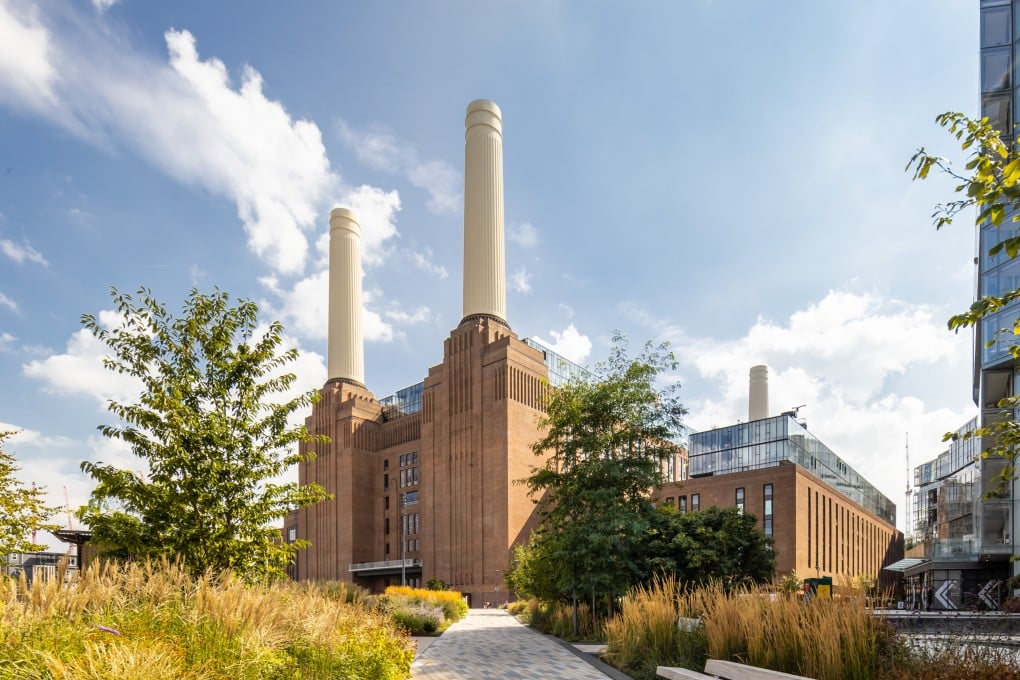London’s iconic Battersea Power Station is reborn, transformed by Malaysian group into a retail and leisure destination
- The former coal-fired power station, which stopped generating electricity in 1983 after 50 years, is being reborn as a luxury destination
- It will house more than 100 shops, restaurants, bars and cafes, as well as a cinema and residential and commercial spaces

Battersea Power Station, the distinctive brick building with four white chimneys on the south bank of the River Thames, in southwest London, has been dormant for nearly four decades. But now the nine-acre (3.6-hectare) property (St Paul’s Cathedral could fit inside its boiler room) is opening to the public for the first time, having been transformed into a retail and leisure destination.
More than 100 shops, restaurants, bars and cafes will be housed in the former power station, along with a cinema, flats and offices – Apple is due to take up residence in January 2023. Sixty outlets will open on October 14, a second raft will follow before Christmas and the rest in time for Easter 2023.
From 1933 to 1983, water from the Thames was heated by coal at Battersea Power Station, which supplied electricity to swathes of London. Buckingham Palace and the Houses of Parliament were among the customers – they were code-named Carnaby Street Two and Carnaby Street Three, respectively.
But when the station was decommissioned because of falling output and concerns over air quality, it stayed redundant for decades, save for the odd fashion show or film shoot. The structure is instantly recognisable to Pink Floyd fans, because it was featured on the cover of the British band’s 10th studio album, 1977’s Animals.

Various owners (including Hong Kong developer Victor Hwang Yiou-hwa) came and went, as did imaginative ideas that included turning the building into a theme park or into a stadium for Chelsea Football Club.